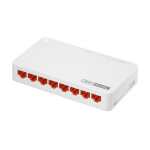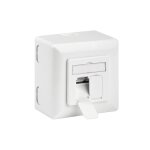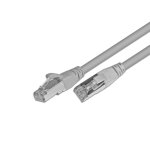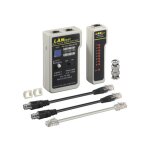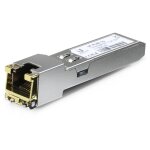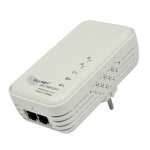Ethernet
Ethernet, Fast Ethernet, Gigabit Ethernet,fiber networks are classic cable networks. The advantages of wired networks are stability, security, range and transmission rate. The acquisition costs are comparatively low. The major disadvantage of cable networks is of course the installation effort if there is no existing wiring and the lack of mobility of the connected to the cable network components.
